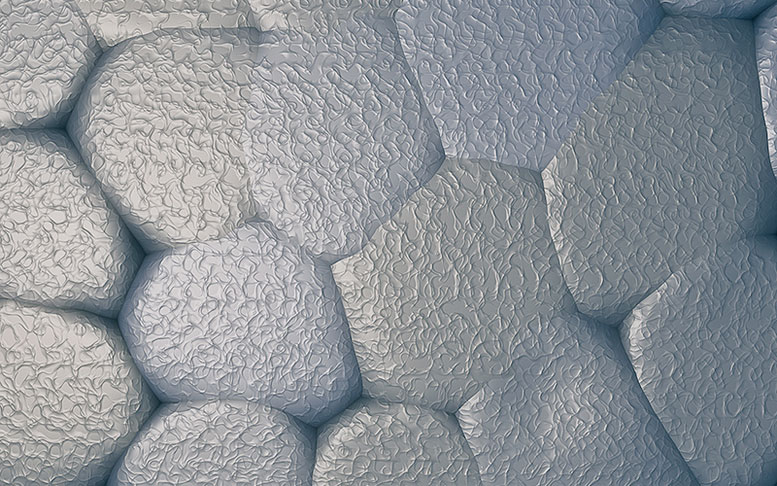
Rechargeable lithium-ion, the dominant battery technology for portable electronics, is increasingly becoming the battery of choice for electric-vehicle and electric-grid energy-storage applications.
In a lithium-ion battery, the cathode (positive electrode) is a lithium metal oxide while the anode (negative electrode) is graphite. But researchers are looking for ways to replace graphite with lithium metal as the anode to boost the battery’s energy density.
Since the packing density of lithium atoms is the highest in its metallic form, batteries that use metallic lithium anodes can pack more energy per weight or volume than graphite-based anodes. However, lithium metal anodes are plagued by “dendrite” buildup that takes place over repeated cycles of charging and discharging.
Dendrites are branchlike protrusions that emanate out of the lithium metal surface. Often, they grow long enough to create a short circuit between the electrodes, leading to a fire hazard.
But now a team of researchers at Rensselaer has discovered a way to use internal battery heat to diffuse the dendrites into a smooth layer.
“We have found that lithium metal dendrites can be healed in situ by the self-heating of the dendritic particles,” says Nikhil Koratkar, the John A. Clark and Edward T. Crossan Professor of Engineering.
A battery device is comprised of two electrodes—the cathode and the anode. Placed in between the electrodes is an insulating membrane that acts as a separator to prevent the electrodes from touching each other and shorting out the battery. The separator is saturated with a liquid electrolyte, which allows ions (charged atoms) to shuttle back and forth between the electrodes.
Chemical reactions produce electricity when positively charged lithium ions from the anode are transported to the cathode when discharging. When the battery is plugged into an outlet to recharge, the reverse happens: The lithium ions flow from the cathode back to the anode.
In a battery with a lithium metal anode, repeated cycles of discharging and recharging cause dendrite buildup on the anode’s surface. This thorny buildup can eventually penetrate the separator and touch the cathode. When this happens, a short circuit takes place that renders a battery inoperable, or worse, causes a fire.
“Lithium-ion batteries with carbon-based anodes are the best available option, but they can no longer keep up with the storage-capacity demand,” Koratkar says. “For any significant new improvements, we must look elsewhere. The best option would be a lithium metal system.”
See Original Article in the Rensselaer Alumni Magazine




